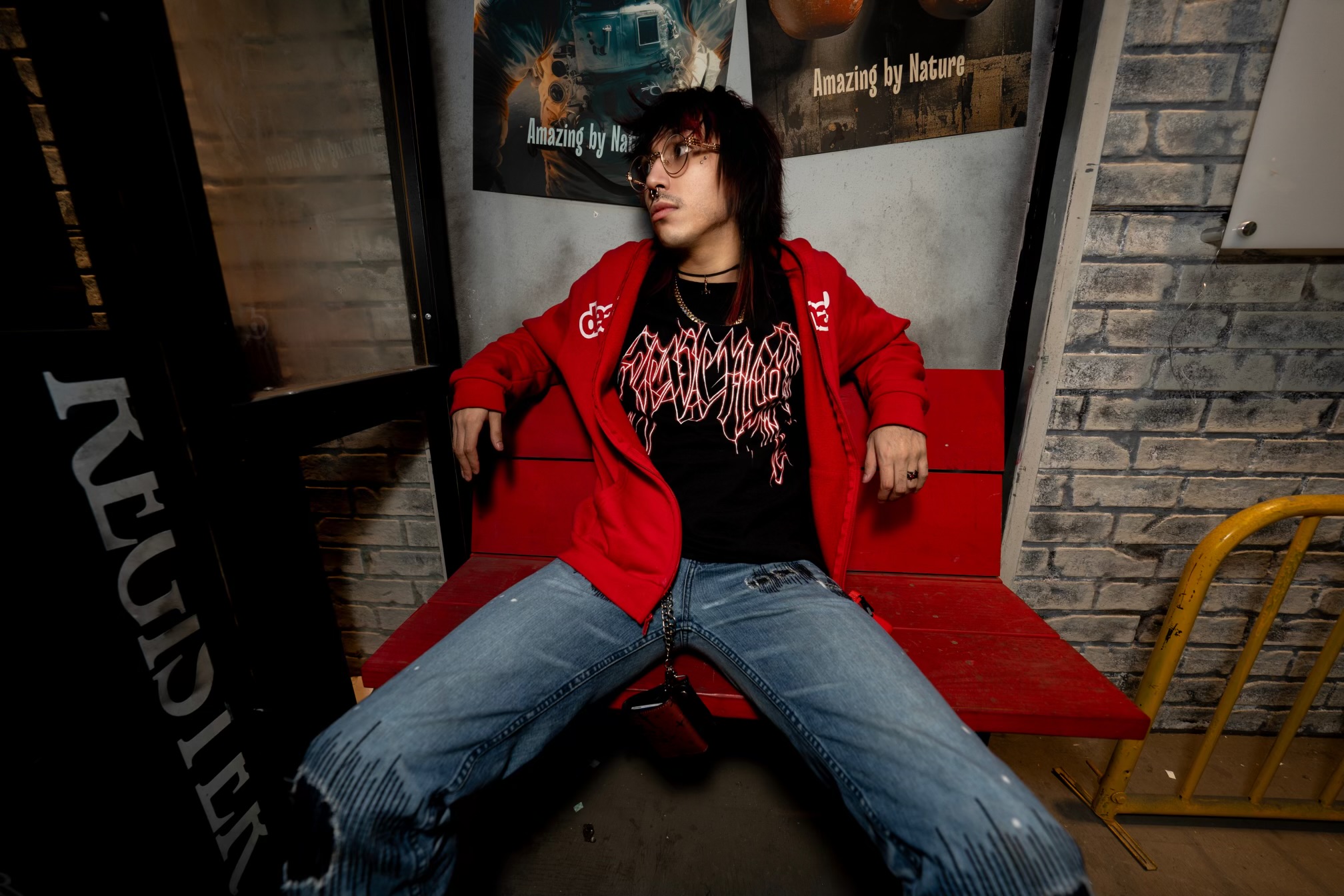The Bleach anime is all about spirits and the afterlife. As such, viewers get rather used to seeing black-robed Soul Reapers, powerful Hollows and Arrancars on screen, potentially forgetting just how special and unusual these beings are. The difference between Soul Reapers and humans was clearer in the series' first season, and these warriors certainly know their duty.
Bleach initially presented itself as a "monster hunter" anime, and it's hardly the only one out there. But being a Soul Reaper isn't just about hunting monsters -- it also demands soft skills, tracking skills, and juggling many responsibilities at once. Let's take a look at what the true requirements in becoming a Soul Reaper in Bleach are.
The Official Duties Of A Soul Reaper
Bleach lore has established that all potential Soul Reapers must be accepted at the Shino Academy and undergo rigorous training. These cadets learn how to use zanpakuto in battle and cast basic kido spells, but their job isn't just about fighting. Perhaps the members of the thuggish Squad 11 can get away with a combat-only approach, but really, trainee Soul Reapers must be ready to learn a wider variety of skills. Although this isn't shown on screen, it's likely that Soul Reaper cadets are rigorously trained on how to navigate human society while tracking down Hollows and stray Pluses (pure souls). Slaying Hollows alone won't save the day.
It may be noted that while the Soul Society resembles pre-industrial Japan, a downright idyllic place, the world of the living is even larger and more diverse -- and much more modern. Soul Reapers are in for a reverse-isekai shock when they visit 21st century Japan with its crowded mega-cities, highways, train stations, airports and more. A Soul Reaper could easily get lost here, so they must learn how to recognize common human buildings and locations and navigate them to finish a mission.
If a Hollow flees into a busy airport, for example, a Soul Reaper must know what and where everything is, so they can keep up the pursuit and slay said Hollow before a mess is made. Soul Reapers who easily get lost or can't get used to human society had better find a partner who can guide them, or else stay in the Soul Society as a guard.
Not only should Bleach's Soul Reapers develop their tracking and hunting skills, but they must also be ready to learn some soft skills -- that is, interpersonal skills. These are mainly for the benefit of Pluses, or pure souls that are lost in the world of the living but ready to move on to the Soul Society. Soul Reapers can perform the konso technique with their zanpakuto's hilt, marking the Plus for safe passage and allowing it to move on in peace. Pluses are often confused, lost and frightened, and a black-robed person with a sword might terrify them. So, a Soul Reaper must use their interpersonal skills to reassure the Plus and get it to cooperate, and then perform konso.
After all, it's important to track which Pluses have been admitted to the Soul Society and when, and the same is true for tracking slain Hollows. Thus, Soul Reapers must be ready to do a lot of paperwork, and it falls to Captains and Lieutenants in particular to get all this done. Rangiku Matsumoto, Isshin Shiba and Kenpachi Zaraki all disliked paperwork, but it needed to be done, so someone else took care of it for them (often Toshiro).
Soul Reapers like Kenpachi and Ikkaku Madarame might struggle with this, but gentler people such as Rukia Kuchiki, Toshiro Hitsugaya and Momo Hinamori shouldn't have any issues. Early in Bleach, Rukia's role was to make Ichigo into a substitute Soul Reaper and show him the ropes. She often performed these basic duties or asked Ichigo to do them. It's clear that a Soul Reaper is much more than a samurai minus the armor -- they are also hunters, travel guides and even clerks.
About The Author
